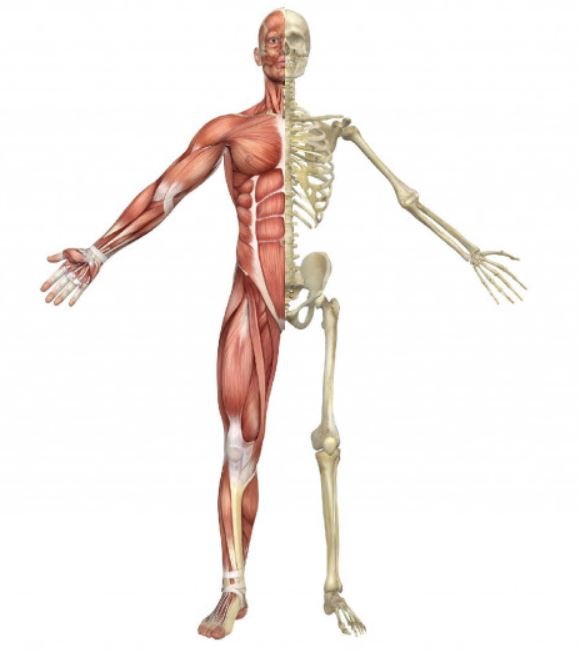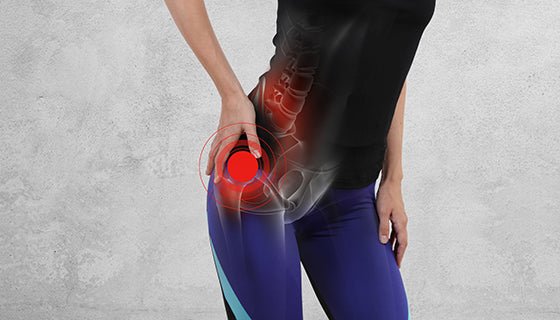Agile feet can help to improve one's balance, posture, gait, and movement overall. However, feet do not function independently of the body or brain. In fact, extensive research points to a definitive foot-brain connection, which is so dynamic that when activated, it allows us to move with calm, certainty, and security.
If you wonder why you have brain fog, depression, worsening memory, or slow thinking, the clues may lie in your feet — your foot health can tell you whether your brain is receiving enough oxygen. Poor circulation to the feet creates myriad symptoms that signal circulation in the brain may also be poor, depriving your brain of oxygen, nutrients, and function. Troublesome symptoms aren’t the only bad part of poor brain circulation. Insufficient oxygen to the brain speeds up brain aging and raises your risk of vascular dementia, and it is the second most common type of dementia after Alzheimer’s. Check out these common signs to watch for below:
-
Got cold feet? Your brain could be oxygen-deprived: Got cold toes and feet? If you have chronically cold feet, you may want to investigate whether your brain is getting enough oxygen and nutrients from sufficient circulation. Have someone check if your feet and toes are colder than your ankles or calves. If so, your feet are not getting enough circulation, and your brain may not be either. Cold fingers and a cold nose are other symptoms.
-
Chronic fungal growth in toenails: If you have chronic fungal nail infections or chronic athlete’s foot, this can mean poor circulation is depriving your feet of enough oxygen, nutrients, and immune cells to ward off infection. This makes the feet and toenails more prone to fungal infections and fighting them a losing battle.
-
Poor capillary refill time and white toenail beds: Are the nail beds of your toes a healthy pink or a pale white? If circulation is poor, the nail beds are more white than pink. Another test is to press down on a nail bed and observe how quickly the color returns. The pink color should return instantly. If it takes a few seconds this indicates poor blood flow to the feet and most likely the brain as well.
-
Cramping in the feet: When circulation to the feet is poor, it’s common to experience foot cramps that are difficult to relieve. The feet cramp due to lack of blood and oxygen to power the muscles. You may also experience cramps in your hands, such as when writing or typing. Both are signs circulation to the brain may be poor.
-
Poor brain circulation: If you think poor brain circulation may be a culprit in your brain fog, memory loss, depression, or slow thinking, it’s important to figure out why your circulation is low. Investigate health condition that cause poor blood flow and lack of oxygenation, such as hypothyroidism, anemia, a heart condition, diabetes, low blood pressure, smoking, or an overly sedentary lifestyle. Normal blood pressure is 120/80. If the top or bottom number is 10 or more points below, that means the pressure is not high enough to push blood into the furthest ends of the body. Low blood pressure is typically accompanied by low blood sugar and adrenal fatigue. In addition to addressing root causes, one way to boost blood flow to the brain is through bursts of high intensity exercise, even if it’s just for a few minutes.
The Foot Brain Connection
The importance of healthy feet is often undervalued. In fact, the health of one’s feet is often either neglected or abused. Constrictive or ill-shaped shoe wear, like high heels, can often lead to foot dysfunction. However, feet do not function independently of the body or brain. In fact, extensive research points to a definitive foot-brain connection, which is so dynamic that when activated, it allows us to move with calm, certainty, and security.
Fascia, tendons, and ligaments are ionically charged and receive sensory information providing feedback to the brain which enables us to move with skill. There are:
- Over 7000 nerve endings in the sole of the foot
- 26 bones in each foot that work with intrinsic muscles to provide a static or dynamic balance
- 250,000 sweat glands that can produce 4-6oz. of perspiration a day in active feet
- 33 joints, and over 100 muscles, ligaments, and tendons
All of these components, contribute information for sensorimotor control. Everything must work synergistically to provide postural stability, balance, grip strength, shock absorption, and mobility for quiet standing, gait, and dynamic movement (The Functional Neurology Center).
How to Restore blood flow to your feet and your brain
This foot-brain connection empowers us to move in space. Feeling our stability we gain confidence for more unbounded action and movement patterns, without it our mobility becomes restricted and diminished. Therefore, maintaining foot health, and avoiding injuries from overuse are vital to fluid movement and optimal performance.
Along with exercise, wearing appropriate footwear can help improve balance, especially in older people who may struggle with mobility and balance issues. This is a 24 hour / 7 day rule, whether out running errands or at home cooking dinner. The right footwear can support and strengthen your foot and arch, in turn enhancing overall balance and mobility.
 FOLLOW US
FOLLOW US











